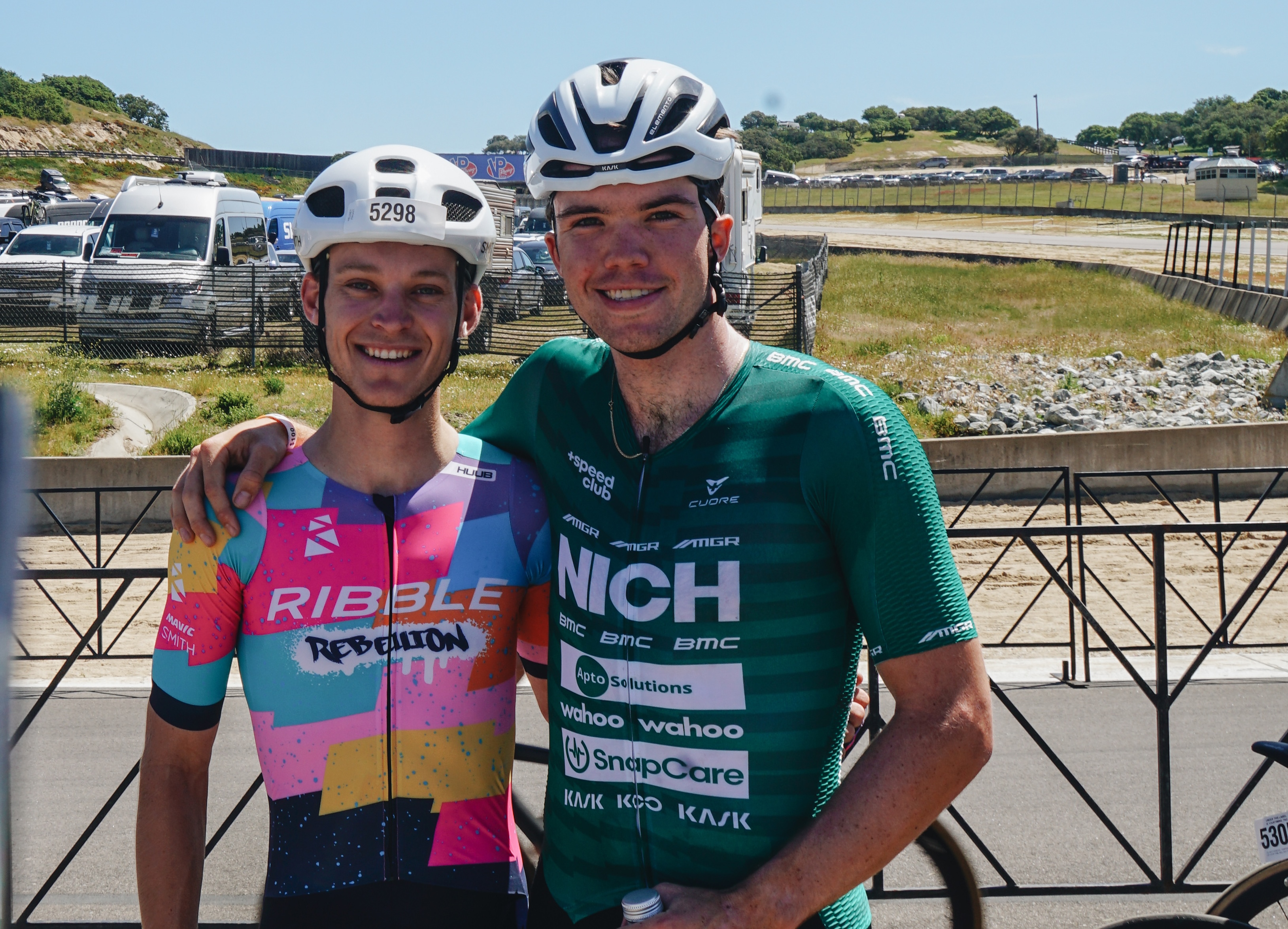Arenberg: for better or worse
By Hedwig Kröner and Brecht Decaluwé in Compiègne On the eve of the race, Cyclingnews has collected...
By Hedwig Kröner and Brecht Decaluwé in Compiègne
On the eve of the race, Cyclingnews has collected a few rider comments about the state of the most topical pavé sector of Paris-Roubaix: La Trouée d'Arenberg, the Arenberg forest - a mythical piece of road in France, not only known for its terrible consequences on the racers' limbs and hands, but also for the thousands of workmen who used to take it to factory work in the first part of last century.
In any case, the Arenberg trench was taken out of the 'Enfer du Nord' last year, but put back in the parcours this year after a concerted effort to clean and restore the cobbles. But what should have ended the polemics about the inclusion of the 2400 metres-long pavé road in the race, seems to lead to even more opinions, as the state of the cobbles are perceived differently depending on who is asked.
Discovery rider George Hincapie, certainly one of the more experienced Paris-Roubaix contenders, found the Arenberg forest unchanged. "It's not any better than I remember; it's pretty rough!" he said. "My fingers still hurt from riding it yesterday, so I can imagine what they'll feel like after tomorrow's race..."
Tom Boonen's team mate Kevin Hulsmans, rated by the world champion himself as his main rival for the win in Paris-Roubaix, also couldn't tell the difference: "The road hasn't improved compared to its previous condition," he said.
Gerolsteiner Classics rider Frank Hoj agreed. "It was the same as before when I rode it, it hasn't changed," he said after he had reconnoitered the course.
Belgian Leif Hoste (Discovery) didn't care about the famous pavé section in Northern France. "The cobbles are certainly not feeling better than they did in the past," he said dryly.
The latest race content, interviews, features, reviews and expert buying guides, direct to your inbox!
Davitamon's Peter Van Petegem is a past winner so he knows all about this cobbled road, but said, "For me, it's nothing new. It would be new if they would've asphalted the road. The name of the road itself makes everybody nervous, though."
The Arenberg forest - La Fôret de Raismes-Saint-Amand-Wallers to give it its full name - is also famous for its good bird watching, Cyclingnews was told. The road itself is officially known as the Drève des Boules d'Hérin and is jreferred to as the Trouée d'Arenberg only in connection with the 110 year-old bike race.
Big Norwegian Thor Hushovd actually thought that the work performed by local volunteers of the "Friends of Paris-Roubaix" had been counter-productive. "I think they just made it worse," The Crédit Agricole rider said. "They took away all the earth and grass that was between the stones and replaced it with sand - but they didn't put enough of it. So the space between the cobbles is quite big!"
Slovenian Uros Murn (Phonak) doesn't have good memories about his previous passage at the Arenberg forest, two years ago: "I fell at that passage, so the race was over for me," he said. "There is a big part of luck involved with a good performance in Paris-Roubaix. You need to be up front all the time and that's hard."
Experienced Dutchman Aart Vierhouten (Skil-Shimano) isn't scared of the trench, and skipped the traditional reconnaissance. "Why should I do the reconnaissance ride if you did this race nine times?," he asked. "You've got to enter the zone in the Top 20. If not, you'll lose too much energy trying to come back."
